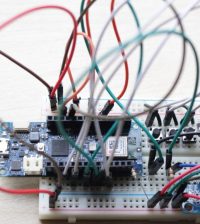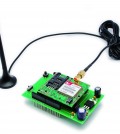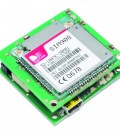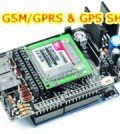- How to Adjust X and Y Axis Scale in Arduino Serial Plotter (No Extra Software Needed)Posted 7 months ago
- Elettronici Entusiasti: Inspiring Makers at Maker Faire Rome 2024Posted 7 months ago
- makeITcircular 2024 content launched – Part of Maker Faire Rome 2024Posted 9 months ago
- Application For Maker Faire Rome 2024: Deadline June 20thPosted 11 months ago
- Building a 3D Digital Clock with ArduinoPosted 1 year ago
- Creating a controller for Minecraft with realistic body movements using ArduinoPosted 1 year ago
- Snowflake with ArduinoPosted 1 year ago
- Holographic Christmas TreePosted 1 year ago
- Segstick: Build Your Own Self-Balancing Vehicle in Just 2 Days with ArduinoPosted 1 year ago
- ZSWatch: An Open-Source Smartwatch Project Based on the Zephyr Operating SystemPosted 1 year ago
New Arduino IoT Boards Unveiled: MKR WAN 1300 and MKR GSM 1400
At World Maker Faire New York Arduino has unveiled the new Arduino MKR WAN 1300 and the Arduino MKR GSM 1400, two new boards that are designed to offer a practical and cost-effective solution for developers, makers and enterprises.
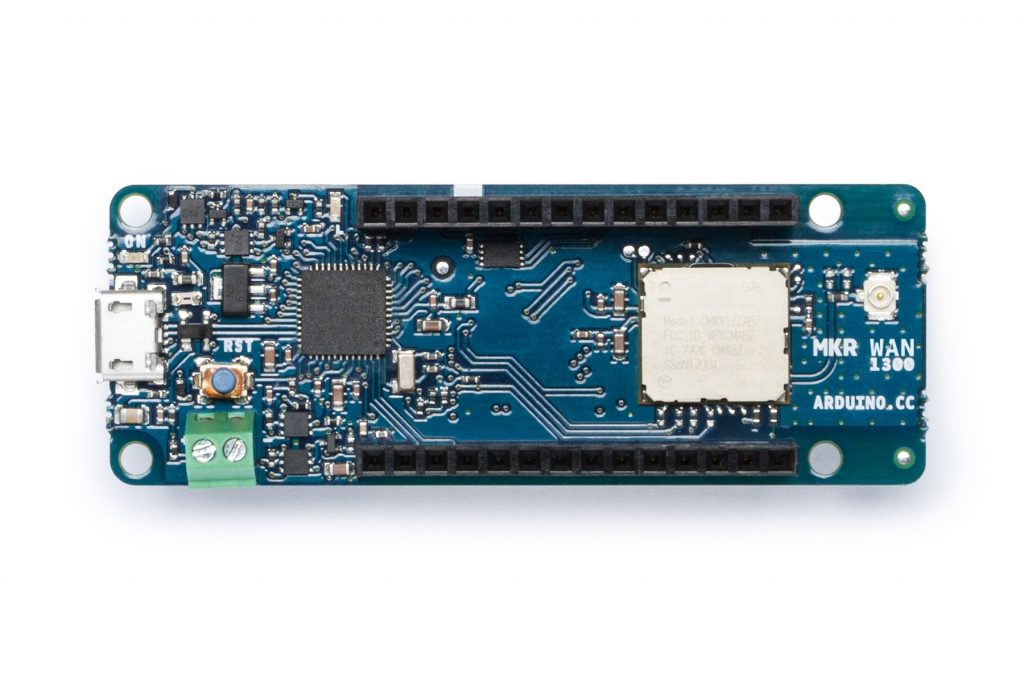
The new Arduino MKR WAN 1300 is based around the Murata LoRa low-power connectivity module and the Atmel SAM D21 microcontroller, which integrates the 32-bit low-power ARM Cortex-M0+ processor, 256KB Flash memory and 32KB SRAM. The board’s design includes the ability to be powered via either two 1.5V AA or AAA batteries or an external 5V input via the USB interface – with automatic switching between the two power sources.
It also offers the usual rich set of I/O interfaces expected with an Arduino board, and ease of use via the Arduino IDE software environment for code development and programming. Other features of the board include an operating voltage of 3.3V; eight digital I/Os; 12 PWM outputs; and UART, SPI and I2C interfaces.
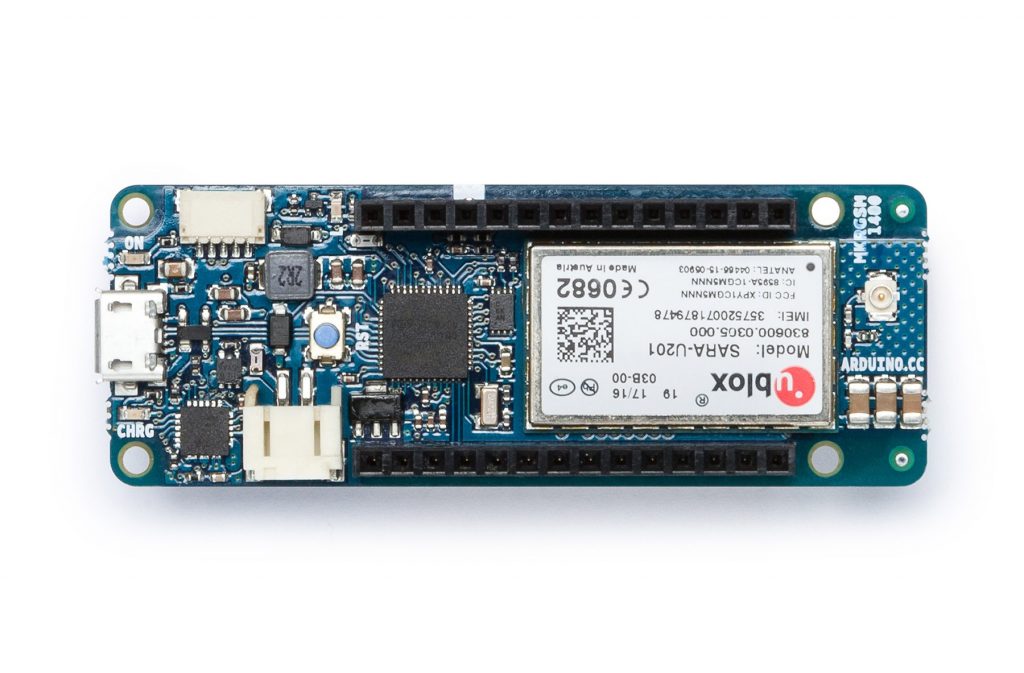
Like the MKR WAN 1300, the Arduino MKR GSM 1400 is also based on the ARM Cortex-M0+ and the SAM D21 microcontroller, but integrates the u-blox module to deliver global 3G communications ability. The board also features automatic power switching, however, it uses either a 3.7V lithium polymer (LiPo) battery or an external Vin power source delivering 5V to 12V. While the USB port can also be used to supply 5V to the board, the MKR GSM 1400 is able to run with or without the battery connected.
This board also offers a rich set of I/O interfaces including: eight digital I/Os; 12 PWM outputs; UART, SPI and I2C interfaces; analogue I/O including seven inputs and one output; and eight external interrupt pins.
Both of the highly compact boards feature dimensions of only 67.64 x 25mm, together with low power consumption, making them an ideal choice for emerging battery-powered IoT edge devices in the MKR form factor for applications such as environmental monitoring, tracking, agriculture, energy monitoring and home automation.





